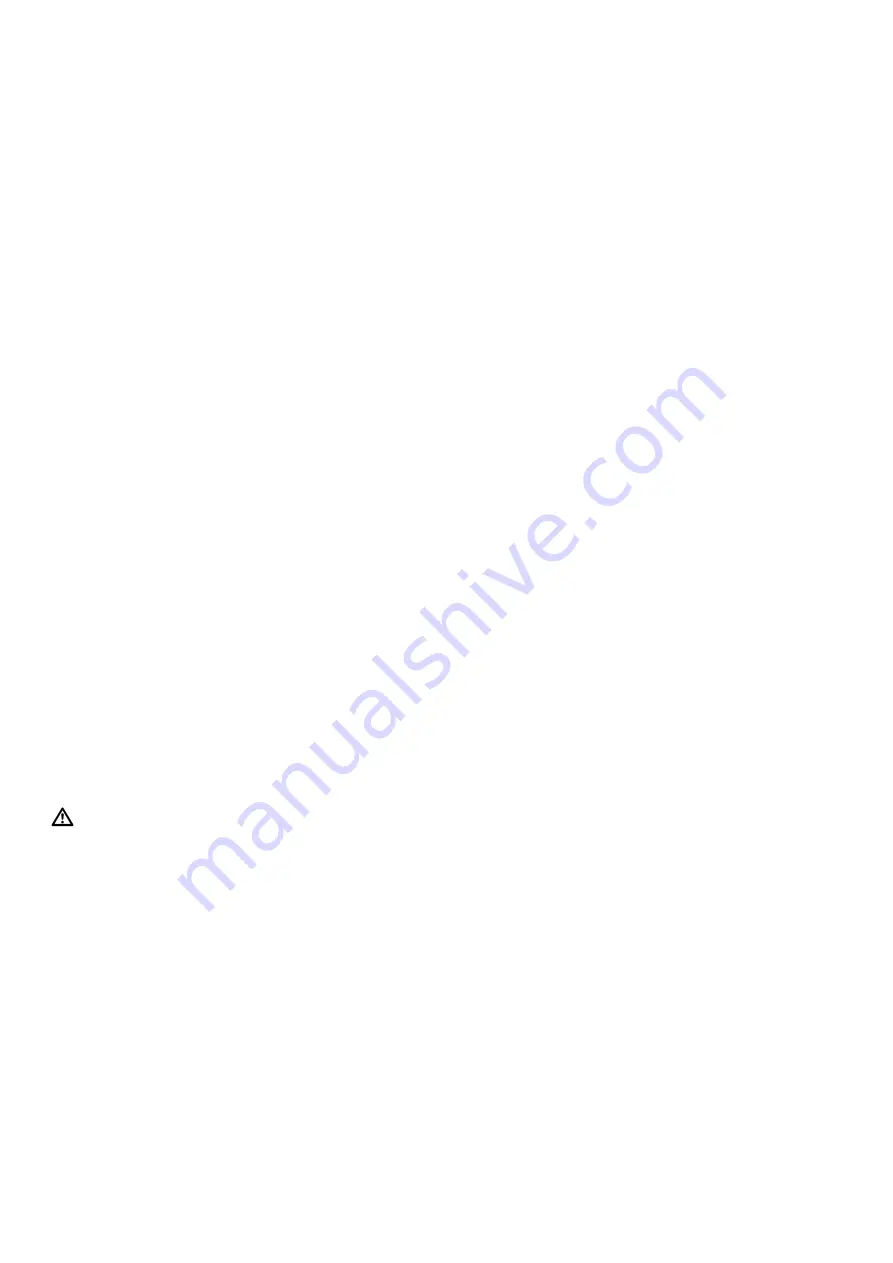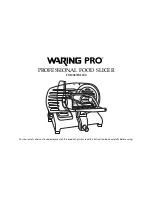
en
How it works
32
15.13 Sous-vide cooking
With sous-vide cooking, food such as meat, fish, veget-
ables and desserts is cooked at low temperatures
between 50 and 95 °C and in 100% steam. A chamber
vacuum-sealing machine is used to heat-seal the food
in a special air-tight, heat-resistant vacuum-sealing bag.
The protective envelope of the vacuum-sealing bag re-
tains the nutrients and flavours. The low temperatures
and the direct transfer of heat allow precisely controlled
cooking in order to achieve the desired cooking res-
ults. It is almost impossible to overcook the food.
Servings
Take into consideration the specified quantities and
sizes for the food listed in the table. The appliance can
cook up to 2 kg of food at a time; adjust the cooking
time for larger quantities and items.
The quantities given for fish, meat and poultry corres-
pond to one to two servings. The quantities given for
vegetables and desserts correspond to four servings.
Shelf positions
You can cook on up to two shelf positions.
When cooking food in the perforated steaming tray, in-
sert the unperforated steaming tray below it. The unper-
forated steaming tray will catch any liquid that drips
down.
Vacuum-sealing bags
Only use vacuum-sealing bags made of heat-resistant
material that are specially designed for sous-vide cook-
ing.
Only use each vacuum-sealing bag once. Do not cook
the food in the bag in which you bought it (e.g. portions
of fish).
Quality of the food
The quality of the cooking result is 100% influenced by
the quality of the ingredients you use. To ensure that
you achieve consistently delicious cooking results, al-
ways use fresh ingredients.
Preparing food
Germs can be found on the surfaces of almost all food.
WARNING ‒ Risk of harm to health!
Sous-vide cooking is a method of cooking at low tem-
peratures and, if the instructions for use and hygiene
instructions are not adhered to, it may result adverse
health effects.
▶
Only use high-quality, perfectly fresh food.
▶
Wash and disinfect your hands.
▶
Use disposable gloves, cooking tongs or grill tongs.
▶
Take extra care when preparing critical food, such
as poultry, eggs and fish.
▶
Always thoroughly rinse and peel fruit and veget-
ables.
▶
Always keep work surfaces and chopping boards
clean.
▶
Use different chopping boards for different types of
food.
▶
Only interrupt the cold chain briefly to prepare the
food.
▶
Store vacuum-sealed food in the refrigerator before
you starting the cooking process.
▶
Once the food is cooked, consume it immediately.
Do not store it after cooking – not even in the refri-
gerator. It is not suitable for reheating.
▶
To kill germs, place the vacuum-sealed, uncooked
food in boiling water for max. 3 seconds.
a
This prepares your ingredients for sous-vide cooking
so that they are relatively free from germs and hy-
gienic.
Vacuum-sealing food
To ensure an even transfer of heat and an optimised
cooking result, use a chamber vacuum-packing ma-
chine that can create a 99% vacuum when vacuum-
sealing food. When you fill the vacuum-sealing bag,
make sure that the area where the heat-sealed seam
will be is not covered in food or moisture.
Tip:
To prevent gases escaping from the food, e.g.
from vegetables, vacuum-seal the food no more than 1
day before you cook it. The gases inhibit the transfer of
heat or cause the texture of the food to change, thus
altering how it cooks, as a result of the vacuum pres-
sure.
Note:
Do not use a core temperature probe.
1.
Season food with half the usual the amount of
spices.
Tip:
You can really bring out the natural flavours of
high-quality food simply by adding a small piece of
butter and a little salt to the vacuum-sealing bag.
Various ingredients influence how food cooks:
– Salt and sugar reduce the cooking time.
– Acidic food items, e.g. lemon juice or vinegar,
make food firmer.
– Alcohol and garlic give food an unpleasant after-
taste.
2.
To fill the vacuum-sealing bag, fold over the edge of
the bag 3 - 4 cm from the top and place into a con-
tainer, e.g. a measuring jug.
When you fill the vacuum-sealing bag, make sure
that the area where the heat-sealed seam will be is
not covered in food or moisture.
3.
Before cooking the food, check whether the vacuum
in the bag is intact.
Make sure that:
– There is no air in the vacuum-sealing bag.
– The heat-sealed seam is perfectly sealed.
– There are no holes in the vacuum-sealing bag.
– Pieces of meat or fish that have been vacuum-
sealed together are not pressed directly against
one another.
4.
If the vacuum-sealing bag is not filled perfectly,
place the food into a new bag and vacuum-seal it
again.
Sous-vide cooking
Cooking food in a vacuum means that the flavours can-
not escape. The usual quantities of seasonings such as
spices, herbs and garlic bring out the natural flavours
of the food much more and make them much stronger.
Requirements
¡
The food must have been prepared.
¡
The food must have been vacuum-sealed.
"Vacuum-sealing food", Page 32
1.
Place the food into the perforated cooking tray.
Summary of Contents for C17DR00.0
Page 1: ...Steamer en User manual and installation instructions C17DR00 0 ...
Page 42: ......
Page 43: ......













































